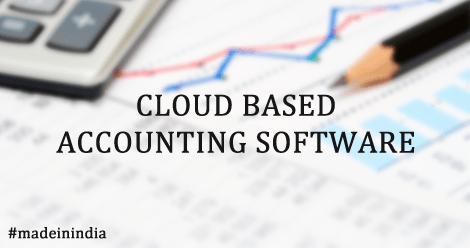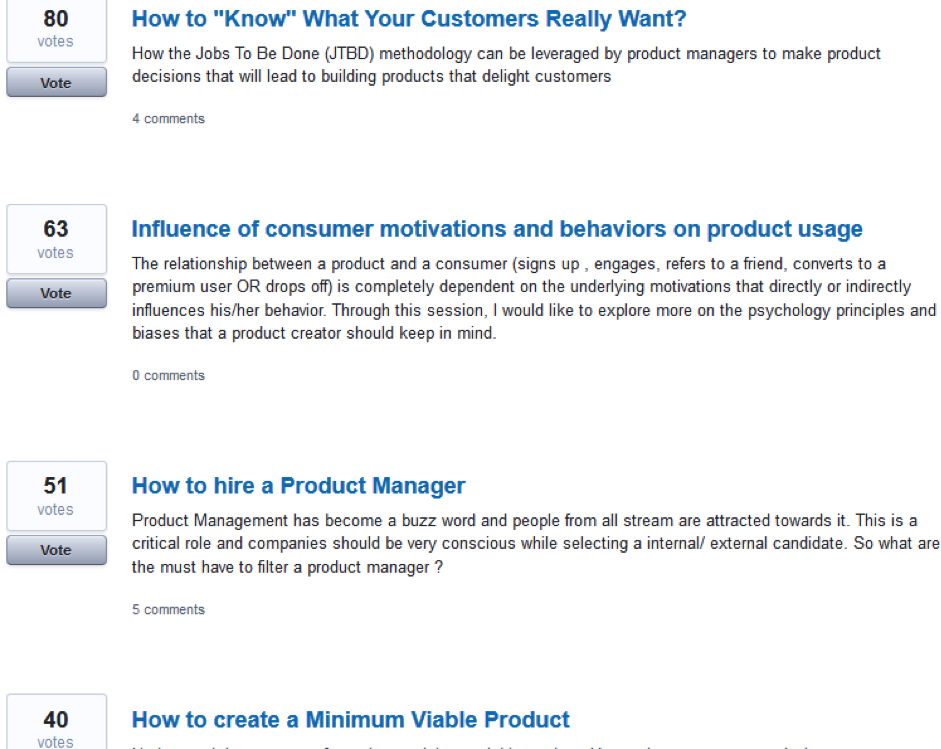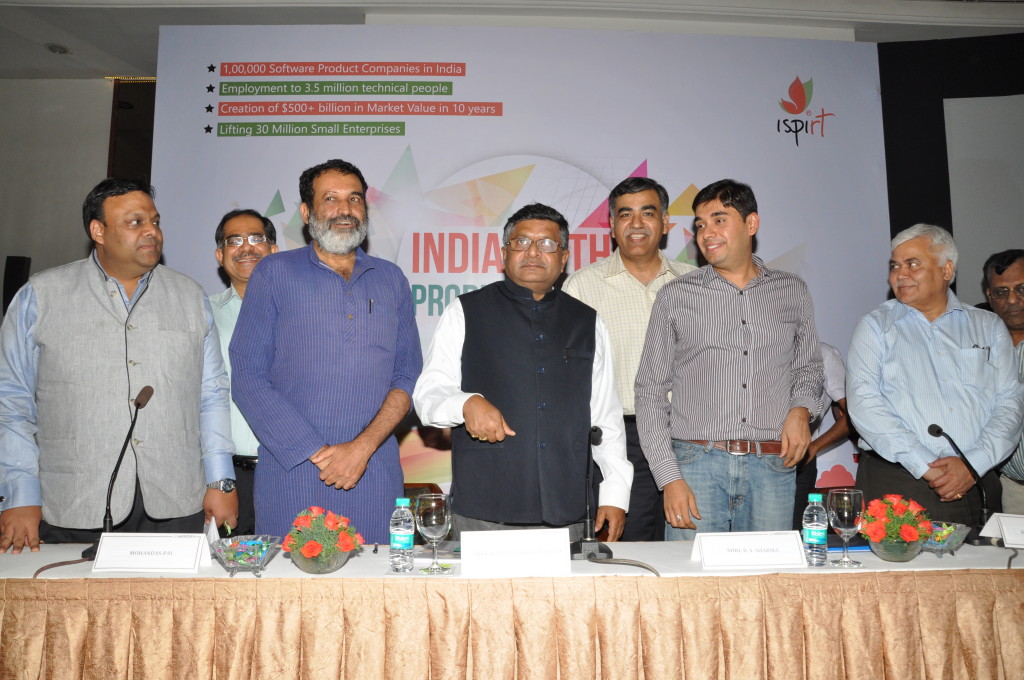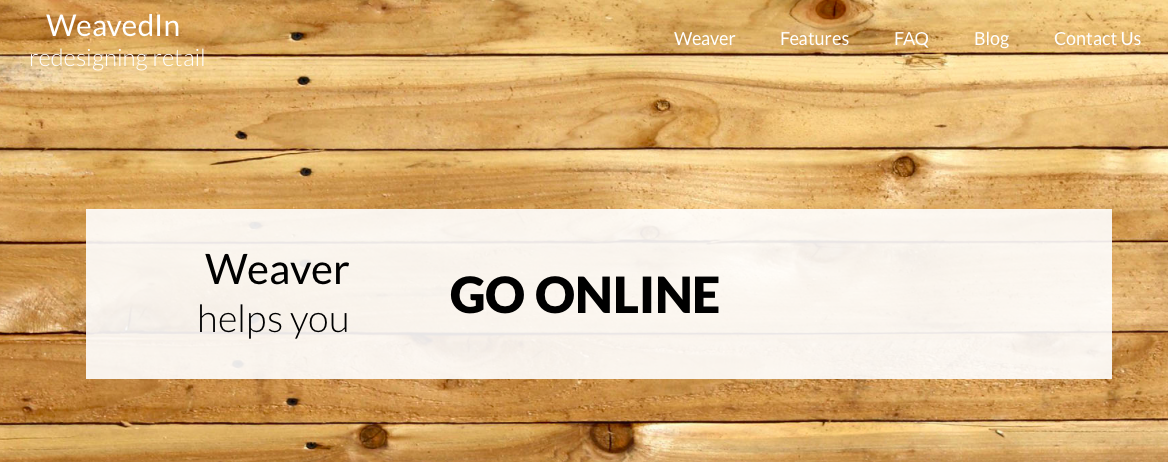Cloud based Accounting Software are becoming increasingly popular for small and medium business. There is no hassle of installing it, the data is safer on the cloud and the costs works out to be much less for the multi user version. India, has managed to produce quite a few efficient cloud accounting software. Here is the list of #MadeInIndia cloud accounting software. (In no particular order)
Reach Accountant: Reach business automation software was instituted with a vision to empower proud owners of innumerable business establishments in SMB’s and MSMEs sector in India. It has established itself as an effective tool to the Business owner in driving Business Growth, by offering absolute control, ease of functioning and remote accessibility of Business with no limitation on number of users leveraging the cloud technology.
Reach software in a quick time since its inception a year back has established itself as reliable and bespoke solution provider to service business, sales & service business, Point of sales, assembly manufacturers, trading & distribution business, and retail business. Reach software offers modules spread over accounting, inventory, purchase management, CRM, POS billing, Invoicing, e mail management and so on so forth. It is enriched with unique features like auto sync of bank transaction, Mobile App and e-tailing add-ons/ project management plug ins, establishes it as a one of the top software in the online software space. State of the art features backed by futuristic technology and competitive pricing makes the offering from Reach Accountant a truly “Value For Money” proposition.
Reach was also awarded the “Best Internet Retailer of the Year-2013” by ET Now. Reach accountant enjoys strong assistance from Sequoia Capital – a renowned global venture capital firm, being the key investor to the company.
ProfitBooks: ProfitBooks is an online accounting software designed specially designed for Indian businesses. The software has a simple interface, which can be operated by business owners. ProfitBook helps Business owners to stay on top of sales, expenses and banking transactions. Entrepreneurs can focus on profitability, can easily find out high value customers, top selling products and other meaningful data. It works perfect on smartphones and tablets too. With its simplicity and affordable pricing, ProfitBooks aims to put top end technology in the hands of Indian SMEs.
Zoho Books: Though Zoho Books is a product made in India, the company focuses on the international markets. They have one of the most popular offering in the world market because of their low price as compared to their competitors. Zoho has a flat pricing of $24 per month for unlimited invoicing, unlimited users. The software can also be integrated with Online Payment gateway which works out which works out to be a boon for small and medium enterprise selling online. It is one of the few software to provide a powerful API to connect it with other software you many want to use.
ZipBooks: ZipBooks one of the latest entrants to cloud based accounting software list. It is an Ahmedabad based company named Accusol Technologies Pvt. Ltd. The company has priced at Rs 4999 for a year. The software focus on Accounting, Inventory, Sales and Purchase management. The product will soon have efficient CRM features, to keep up with the growing trend of automated marketing.
AccountingGuru: AccountingGuru.net is an inventory, invoicing & accounting software. It provides a simple single login mechanism to create and access multiple companies. It allows you to invite your staff and accounting professionals with exhaustive user permissions. Accounting professionals can login with one login id and will be able to manage and serve multiple companies easily. AccountingGuru.net excels in Branch/inventory/sales invoice management.
AccountingGuru is by Veersoft Solutions which is based out of Bangalore. The basic version of this software is priced as low as Rs 2400 per year. Its users find customization of printable invoices formats as one of its best features. There is a separate print designer module. The companies can brand the invoice with their own colors and themes with a little help from a website designer.
If these accounting software don’t meet your requirements, you can talk to our software analyst at SoftwareSuggest.com for suggestion on software that can fit your requirements.






 These technologies can impact an organization’s long-term plans, programs and initiatives. Implementing business process improvements, revenue growth through differentiated products and services, and business expansion are the top business priority areas of investment for Indian organizations.
These technologies can impact an organization’s long-term plans, programs and initiatives. Implementing business process improvements, revenue growth through differentiated products and services, and business expansion are the top business priority areas of investment for Indian organizations. A typical SaaS Agreement is akin to a “property lease agreement” whereby the user would pay rent for the property as long as it is used and on termination of such a lease, the user would cease from using the said property.
A typical SaaS Agreement is akin to a “property lease agreement” whereby the user would pay rent for the property as long as it is used and on termination of such a lease, the user would cease from using the said property.




